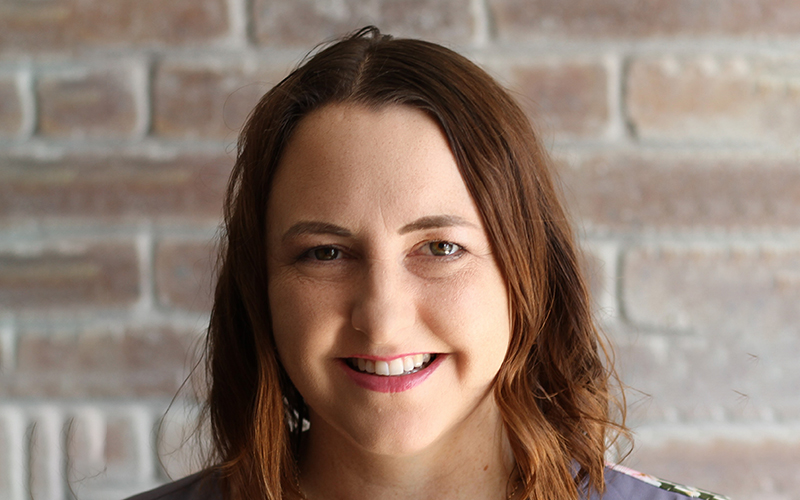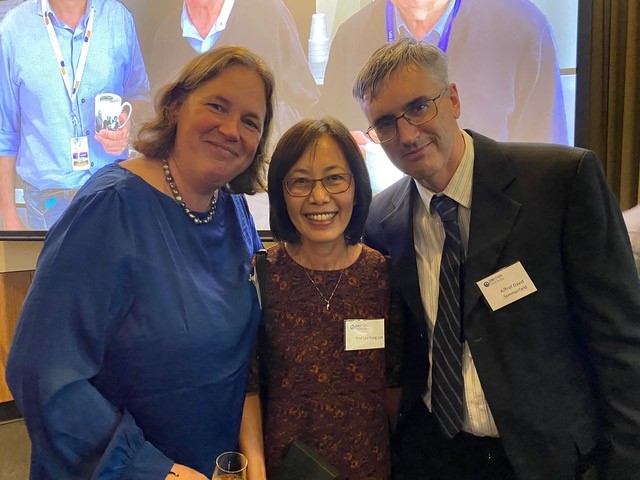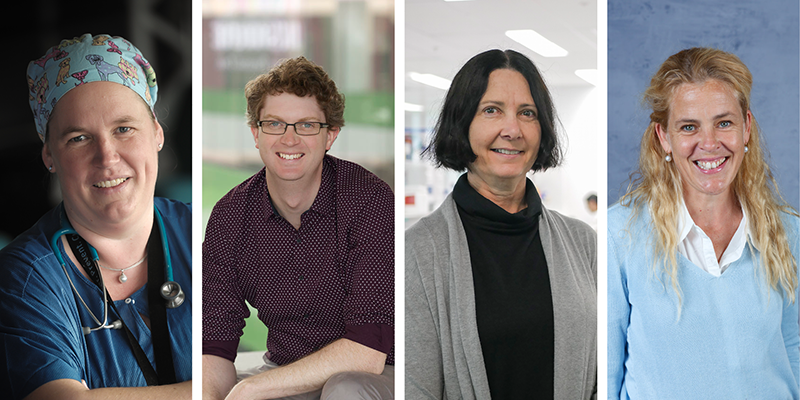Search

News & Events
Prestigious fellowship to help end the cycle of painful ear infectionsA The Kids Research Institute Australia ear health researcher has received a prestigious national fellowship to support her search for new therapies to improve the lives of kids who suffer repeat middle ear infections.
Research
Aerosolized drug delivery in awake and anesthetized children to treat bronchospasmBronchospasm is a common respiratory adverse event in pediatric anesthesia. First-line treatment commonly includes inhaled salbutamol. This review focuses on the current best practice to deliver aerosolized medications to awake as well as anesthetized pediatric patients and discusses the advantages and disadvantages of various administration techniques.
Research
Without training, they lacked knowledge. Without knowledge, they lacked confidence. Without confidence, they lacked victory (Julius Caesar)Britta Regli-von Ungern-Sternberg AM FAHMS MD, PhD, DEAA, FANZA Chair of Paediatric anaesthesia, University of Western Australia; Consultant

News & Events
Inaugural Byron Kakulas medal awarded to Perioperative Medicine TeamA research team dedicated to making anaesthesia and surgery safer and more comfortable for babies and children has been awarded an inaugural Byron Kakulas Medal by WA’s Perron Institute.

News & Events
Funding boost to help turn research into practical changeResearch projects sharing in a $2.1 million funding boost will seek to translate research findings into changes that benefit patients and help the health system run more efficiently.
Research
Propofol, Anesthesia, and Neurocognitive Outcomes in Patients with Pediatric Leukemia: Are We Missing the Forest for the Trees?Britta Regli-von Ungern-Sternberg AM FAHMS MD, PhD, DEAA, FANZA Chair of Paediatric anaesthesia, University of Western Australia; Consultant
Research
High-flow nasal oxygen for children's airway surgery to reduce hypoxaemic events: a randomised controlled trialTubeless upper airway surgery in children is a complex procedure in which surgeons and anaesthetists share the same operating field. These procedures are often interrupted for rescue oxygen therapy.
Research
Perioperative steroid prophylaxis for adrenal insufficiency, a single-centre experienceBritta Regli-von Ungern-Sternberg AM FAHMS MD, PhD, DEAA, FANZA Chair of Paediatric anaesthesia, University of Western Australia; Consultant
Research
Efficacy of a hybrid technique of simultaneous videolaryngoscopy with flexible bronchoscopy in children with difficult direct laryngoscopy in the Pediatric Difficult Intubation RegistryChildren with difficult tracheal intubation are at increased risk of severe complications, including hypoxaemia and cardiac arrest. Increasing experience with the simultaneous use of videolaryngoscopy and flexible bronchoscopy (hybrid) in adults led us to hypothesise that this hybrid technique could be used safely and effectively in children under general anaesthesia.
Research
Beta Agonists for Prevention of Respiratory Adverse Events in Children Undergoing Adenotonsillectomy: Long-Acting, Short Acting, or Not ActingAdenotonsillectomy is one of the most common surgical interventions in children, and while generally safe, it is associated with a risk of significant adverse events. In this issue, Kim et al report a prospective randomized controlled study comparing preoperative use of a tulobuterol (longacting beta agonist) dermal patch with placebo on the incidence of perioperative respiratory adverse events (PRAEs) in children undergoing adenotonsillectomy.
